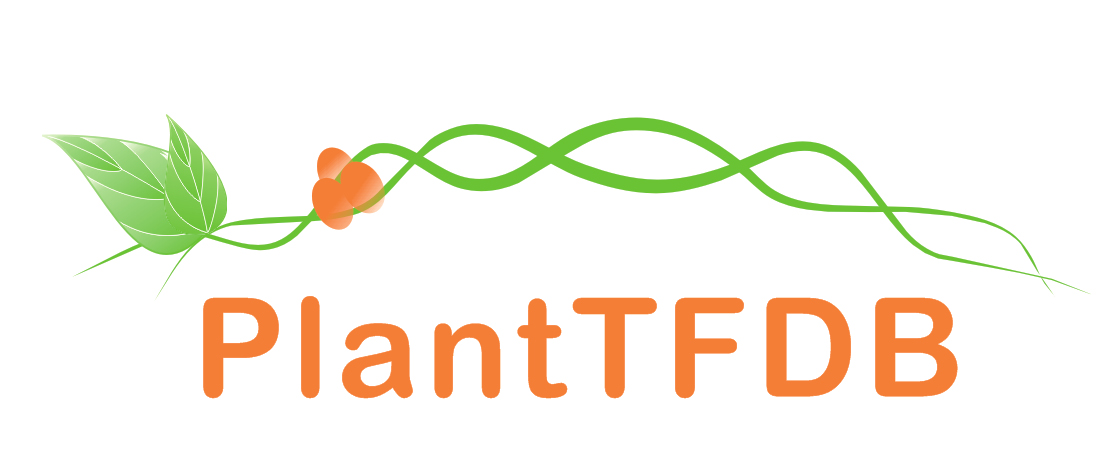 |
PlantRegMap/PlantTFDB v5.0
Plant Transcription
Factor Database
|
| Home TFext BLAST Prediction Download Help About Links PlantRegMap |
| Species | TF ID | Description |
|---|---|---|
Malus domestica (18) | MDP0000129029 | NF-YA family protein |
| MDP0000146933 | NF-YA family protein | |
| MDP0000164531 | NF-YA family protein | |
| MDP0000183865 | NF-YA family protein | |
| MDP0000223651 | NF-YA family protein | |
| MDP0000278621 | NF-YA family protein | |
| MDP0000279028 | NF-YA family protein | |
| MDP0000296077 | NF-YA family protein | |
| MDP0000311595 | NF-YA family protein | |
| MDP0000314593 | NF-YA family protein | |
| MDP0000375005 | NF-YA family protein | |
| MDP0000434309 | NF-YA family protein | |
| MDP0000506954 | NF-YA family protein | |
| MDP0000588222 | NF-YA family protein | |
| MDP0000682805 | NF-YA family protein | |
| MDP0000785523 | NF-YA family protein | |
| MDP0000827821 | NF-YA family protein | |
| MDP0000948645 | NF-YA family protein |
NF-Y transcription factors are likely found in all eukaryotes and have roles in the regulation of diverse genes (McNabb et al., 1995; Edwards et al., 1998; Maity and de Crombrugghe, 1998; Mantovani, 1999). In mammals, where their biochemistry is well described, the NF-Y transcription factor complex is composed of three unique subunits: NF-YA, NF-YB, and NF-YC. Assembly of the NF-Y heterotrimer in mammals follows a strict, stepwise pattern (Sinha et al., 1995, 1996). Initially, a heterodimer is formed in the cytoplasm between the subunits NF-YB and NF-YC. This dimer then translocates to the nucleus, where the third subunit, NF-YA, is recruited to generate the mature, heterotrimeric NF-Y transcription factor (Frontini et al., 2004; Kahle et al., 2005). Mature NF-Y binds promoters with the core pentamer nucleotide sequence CCAAT, and this can result in either positive or negative transcriptional regulation(Peng and Jahroudi, 2002, 2003; Ceribelli et al., 2008).
NF-YA proteins are characterized by the presence of Gln(Q)- and Ser/Thr(S/T)-rich NH2 termini, a subunit interaction domain (NF-YB/NF-YC interaction), and a DNA-binding domain (Olesen and Guarente, 1990; Maity and de Crombrugghe, 1992; Xing et al., 1993, 1994). The protein interaction and DNA binding domains are well conserved between plant and other eukaryote lineages.
Siefers N, Dang KK, Kumimoto RW, Bynum WE 4th, Tayrose G, Holt BF 3rd.
Tissue-specific expression patterns of Arabidopsis NF-Y transcription factors suggest potential for extensive combinatorial complexity.
Plant Physiol, 2009. 149(2): p. 625-41.
PMID: 19019982



